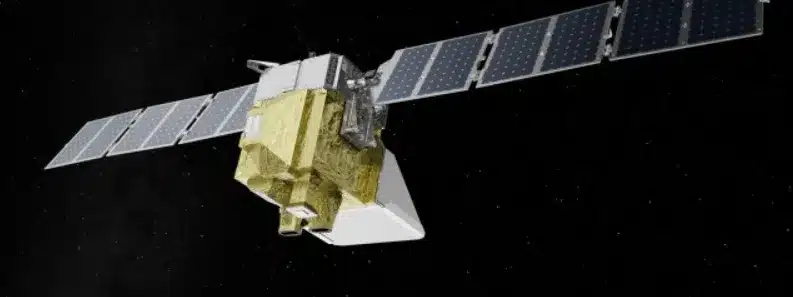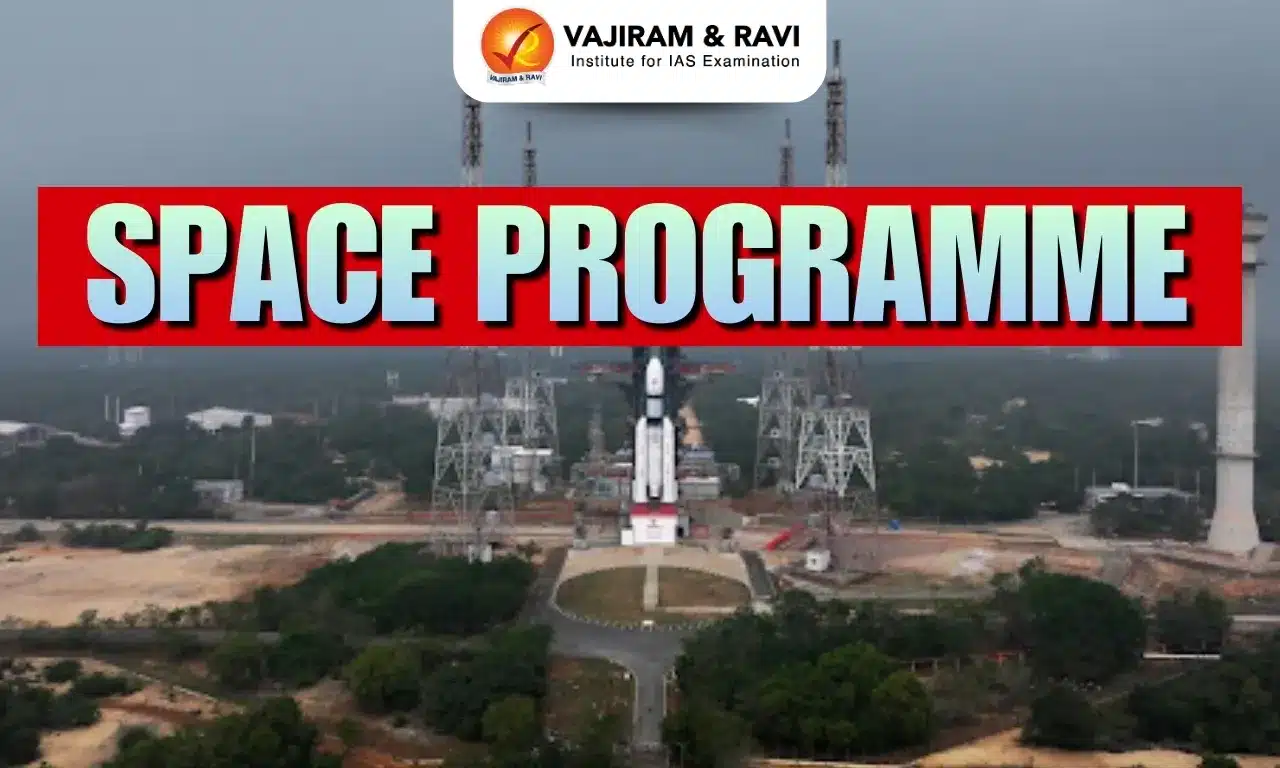What’s in today’s article?
- Why in news?
- Need to track and measure methane emissions
- What is MethaneSAT?
- What is the significance of MethaneSAT?
Why in news?
- MethaneSAT — a satellite which will track and measure methane emissions at a global scale — was launched aboard a SpaceX Falcon9 rocket from California.
- It is crucial to cut methane emissions. And the main culprit: fossil fuel operations, which account for about 40 per cent of all human-caused methane emissions.
- The objective of MethaneSAT is to help achieve this goal.
Need to track and measure methane emissions
- Greenhouse effect
- Methane is an invisible but strong greenhouse gas, and the second largest contributor to global warming after carbon dioxide.
- It is responsible for 30 per cent of global heating since the Industrial Revolution.
- According to the United Nations Environment Programme, over a period of 20 years, methane is 80 times more potent at warming than carbon dioxide.
- Responsible for pre-mature deaths
- The gas also contributes to the formation of ground-level ozone — a colourless and highly irritating gas that forms just above the Earth’s surface.
- According to a 2022 report, exposure to ground-level ozone could be contributing to one million premature deaths every year.
MethaneSAT
- About
- Essentially, MethaneSAT will orbit the Earth 15 times a day, monitoring the oil and gas sector.
- It will create a large amount of data, which will tell how much methane is coming from where, who’s responsible, and are those emissions going up or down over time.
- The data collected by MethaneSAT will be made public for free in near real-time.
- This will allow stakeholders and regulators to take action to reduce methane emissions.
- Institutions involved in the development
- The entity behind MethaneSAT is the Environmental Defense Fund (EDF) — a US-based nonprofit environmental advocacy group.
- To develop the satellite, EDF partnered with Harvard University, the Smithsonian Astrophysical Observatory, and the New Zealand Space Agency.
- Features
- Fills the critical gaps in existing monitoring systems
- While some satellites can provide high-resolution data, they can only scan specific, pre-targeted sites.
- Others can examine larger areas and detect large emitting events, but cannot scan smaller sources that account for the majority of emissions in many.
- Due to this discrepancy, according to an International Energy Agency (IEA) report, global methane emissions are about 70 per cent higher than levels reported by national governments.
- MethaneSAT is expected to fix the issue.
- Equipped with a high-resolution sensors
- Equipped with a high-resolution infrared sensor and a spectrometer, the satellite will fill critical data gaps.
- It can track differences in methane concentrations as small as three parts per billion in the atmosphere.
- This enables it to pick up smaller emissions sources than the previous satellites.
- Wide-camera view to identify super-emitters
- MethaneSAT also has a wide-camera view — of about 200 km by 200 km — allowing it to identify larger emitters so-called super emitters.
- Use of AI
- The collected data will be analysed using cloud-computing and AI technology developed by Google — the company is a mission partner.
- The data will be made public through Google’s Earth Engine platform.
- Fills the critical gaps in existing monitoring systems
Significance of MethaneSAT
- To fulfil the objectives of the Global Methane Pledge 2021
- More than 150 countries signed the Global Methane Pledge in 2021, to cut their collective methane emissions by at least 30 per cent from 2020 levels by 2030.
- At last year’s COP, more than 50 companies committed to virtually eliminating methane emissions and routine flaring.
- MethaneSAT will help them meet these targets.
- To promote transparency
- The satellite will also usher in a new era of transparency.
- Its publicly available data, which can be accessed by anyone in the world, will keep track of methane commitments made by governments and corporations.
Q1) What is the Global Methane Pledge (GMP)?
The Global Methane Pledge (GMP) is a voluntary framework that aims to reduce methane emissions by 30% from 2020 levels by 2030. The pledge was announced at COP26 in November 2021 and is led by the European Union and the United States.
Q2) What is the greenhouse effect?
The greenhouse effect is a natural process that warms the Earth by trapping heat from the sun that would otherwise escape into space. The process is named after the way it works similarly to a greenhouse, which can grow plants year-round even when it’s too cold outside.
Source: Meet MethaneSAT, a satellite which will ‘name and shame’ methane emitters
Last updated on January, 2026
→ Check out the latest UPSC Syllabus 2026 here.
→ Join Vajiram & Ravi’s Interview Guidance Programme for expert help to crack your final UPSC stage.
→ UPSC Mains Result 2025 is now out.
→ UPSC Notification 2026 is scheduled to be released on January 14, 2026.
→ UPSC Calendar 2026 has been released.
→ UPSC Prelims 2026 will be conducted on 24th May, 2026 & UPSC Mains 2026 will be conducted on 21st August 2026.
→ The UPSC Selection Process is of 3 stages-Prelims, Mains and Interview.
→ Prepare effectively with Vajiram & Ravi’s UPSC Prelims Test Series 2026 featuring full-length mock tests, detailed solutions, and performance analysis.
→ Enroll in Vajiram & Ravi’s UPSC Mains Test Series 2026 for structured answer writing practice, expert evaluation, and exam-oriented feedback.
→ Join Vajiram & Ravi’s Best UPSC Mentorship Program for personalized guidance, strategy planning, and one-to-one support from experienced mentors.
→ UPSC Result 2024 is released with latest UPSC Marksheet 2024. Check Now!
→ UPSC Toppers List 2024 is released now. Shakti Dubey is UPSC AIR 1 2024 Topper.
→ Also check Best UPSC Coaching in India

















